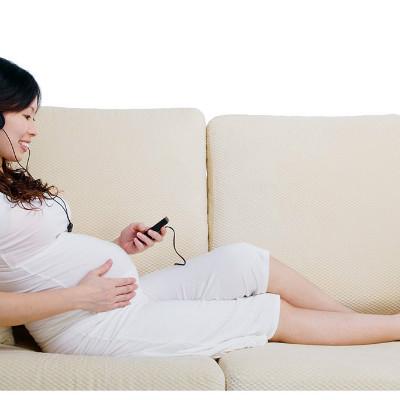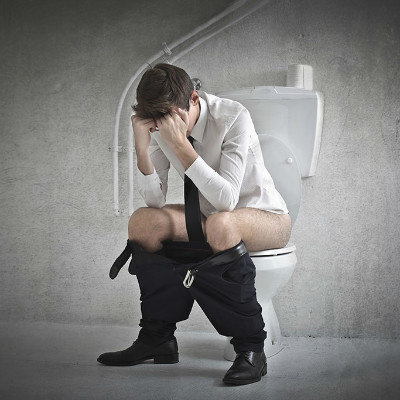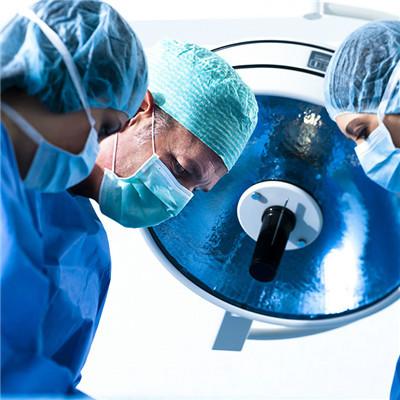Symptoms of infection after hysteroscopy?
summary
Hysteroscopy is a new, minimally invasive gynecological diagnosis and treatment technology. It is a kind of fiber light source endoscope used for intrauterine examination and treatment, including hysteroscopy, energy system, light source system, perfusion system and imaging system; Hysteroscopy can not only determine the location, size, appearance and scope of the lesion, but also observe the tissue structure on the surface of the lesion in detail, and obtain materials or position curettage under direct vision, It greatly improves the accuracy of intrauterine disease diagnosis, updates, develops and makes up for the shortcomings of traditional diagnosis and treatment methods. For most of the patients who are suitable for diagnostic curettage, it is more reasonable and effective to make hysteroscopic examination before biopsy or curettage. Hysteroscopic surgery can diagnose and treat a variety of diseases, such as dysfunctional uterine bleeding, submucosal myoma, endometrial polyps, intrauterine contraceptive ring and residual embryonic tissue after abortion. After hysteroscopic treatment, it can not only avoid open surgery for the patients who need to remove the uterus by traditional methods, but also preserve the uterus. It is also safe for the patients with hemorrhagic diseases such as thrombocytopenia, hemophilia and leukemia. In addition, hysteroscopy can also check the vagina and uterine cavity of young and unmarried women, timely and accurately find the abnormality and carry out corresponding treatment, at the same time, it can also protect the integrity of hymen and reduce the pain of patients. So now let's talk about the symptoms of infection after hysteroscopy.
Symptoms of infection after hysteroscopy?
Infection after hysteroscopic surgery is mainly manifested as symptoms of endometritis, which can be manifested as lower abdominal pain, increased secretion, with odor, sometimes fever and other symptoms. After hysteroscopic surgery, many patients will have a slight abdominal depression, but generally the next day will be better. However, at this time, it does not mean that the body is fully recovered, but the need to ensure rest. Especially for friends who are usually in poor health, we must pay attention to rest and not do physical work.

After hysteroscopic surgery, women must pay attention to keep the vulva clean. In the case of incomplete wound healing inside the body, sex and swimming must be prohibited. If there is a small amount of bleeding after hysteroscopic surgery, this is a normal phenomenon. But if the blood flow is not enough, we must seek medical treatment in time.

Many patients who have undergone hysteroscopic surgery recover very well during the treatment. They think that they have recovered and need not have postoperative examination. In fact, this idea is wrong. Although hysteroscopic surgery has a strong therapeutic effect on the cervix, the wound healing is not very easy, so it is necessary to have regular postoperative examination.

matters needing attention
After hysteroscopic surgery, patients must take effective contraceptive measures to reduce the incidence of induced abortion. So as to reduce the chance of wound and bacterial infection after hysteroscopic surgery. Patients had better be able to avoid sexual behavior 3-5 months after surgery, so as to make the wound better healed.















